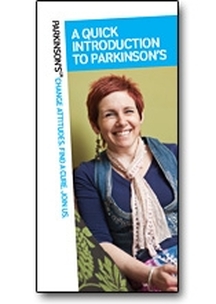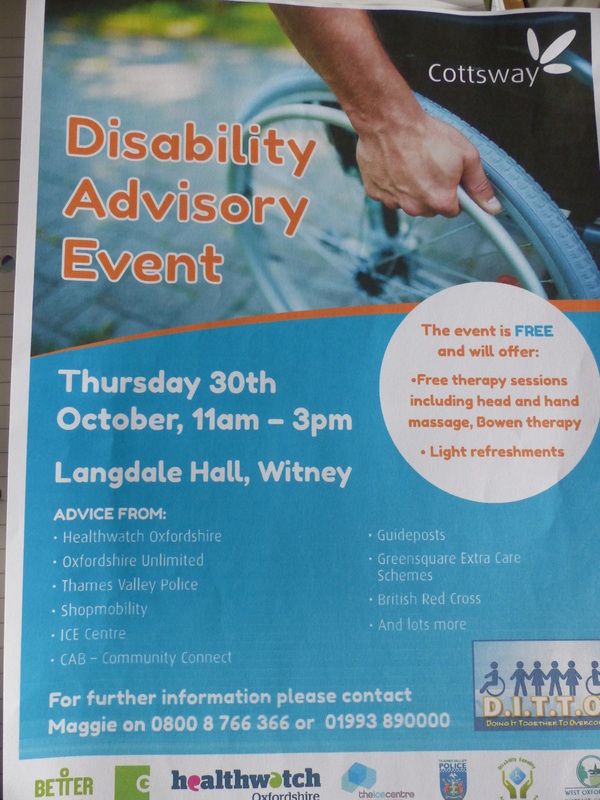 Parkinson’s and Bowen Treatment The positive results obtained from treating a new client suffering from Parkinson’s Disease has prompted me to write on how Bowen Therapy can assist such sufferers. The lady reported that, after the first treatment session, she had the best night’s sleep in 5 years and as a result, her energy level improving over the week following the first treatment session. This is not surprising since sleep is so important in the healing process - for all of us. I would recommend anyone affected by Parkinson’s directly or via a caring role, to be aware of The Parkinson’s Society web site http://www.parkinsons.org.uk/ which publishes an array of documents related to all aspects of the disease. One such document is a booklet entitled “Complementary Therapies and Parkinson’s”. which contains information based on the recommendations from people with Parkinson’s. Bowen Therapy is included in the list of suitable modalities – and identifies that Bowen may help with: Pain, Relaxation, Motor Symptoms and overall sense of wellbeing . The section on Bowen Therapy from their booklet is reproduced below:- Bowen technique What is it?[i] Bowen technique is a very gentle, touch-based therapy. The practitioner aims to restore balance in your body by softly manipulating your muscles and soft tissue. They will use their fingers and thumbs to make small, rolling movements over precise points on your body. It is a drug-free, non-invasive therapy. How might it help? Bowen may be used for a range of physical and emotional conditions, including pain, muscular problems, stress and difficulties sleeping.[ii] Although there have been some studies into using Bowen for pain relief and stress, the studies have been small. A recent review of the evidence said more detailed studies were needed.[iii]. There have been no scientific studies to support the use of Bowen therapy in Parkinson’s. However, people with Parkinson’s have found Bowen useful for helping them with their symptoms. What about safety? Bowen therapists are not currently regulated by law, but they can register with the Complementary and Natural Healthcare Council (see page 8 for more information). In the weeks to come the aim of further Bowen treatment will be to continue to reduce her fatigue and start addressing the motor symptoms. From a Therapists perspective – treating people with such sensitive conditions requires a very gentle minimal approach. The secret of success with Bowen Treatment is in only applying the amount of treatment, in any given individual session, that the body can assimilate. The more sensitive the body, the fewer Bowen Procedures are applied. There is a saying in Bowen Therapy “Less is More” i.e. Less treatment leads to a more positive outcome Incidentally Bowen appears to work well with neurological conditions and I have previously treated stroke victims, ME, MS and Fibromyalgia sufferers. 26 July 2014 Stephen Ludbrook 01993 898693
0 Comments
Leave a Reply. |
|

 RSS Feed
RSS Feed
